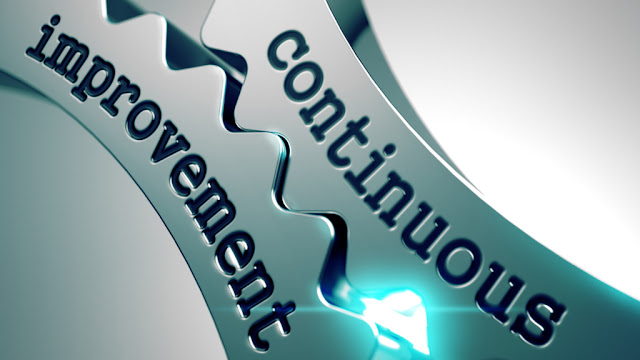KAIZEN SECRETS 2

The impact of Kaizen What does it mean, concretely, to eliminate waste and errors in processes? When it comes to handling process errors, waste, inflexibility, and variance play a huge role. It’s important to turn this concept into tangible effects. Eliminate waste (Muda): higher consistent quality at lower costs. For example, customers getting flawless invoices every time. Less inflexibility (muri): delivering the right amount at the right time (just in time delivery). For example, deploying employees in a flexible way to adjust to changing customer demands. Less variance (mura): a more reliable and predictable process. For example, standards and process lead times and quality being known and identical. The same thing for different people, products, or methods. Kaizen, and especially the focus on reducing waste, inflexibility, and variance, drive change in the areas of quality management, lead time, productivity, and attitudes and behavior. These changes lead to measurable impro...
